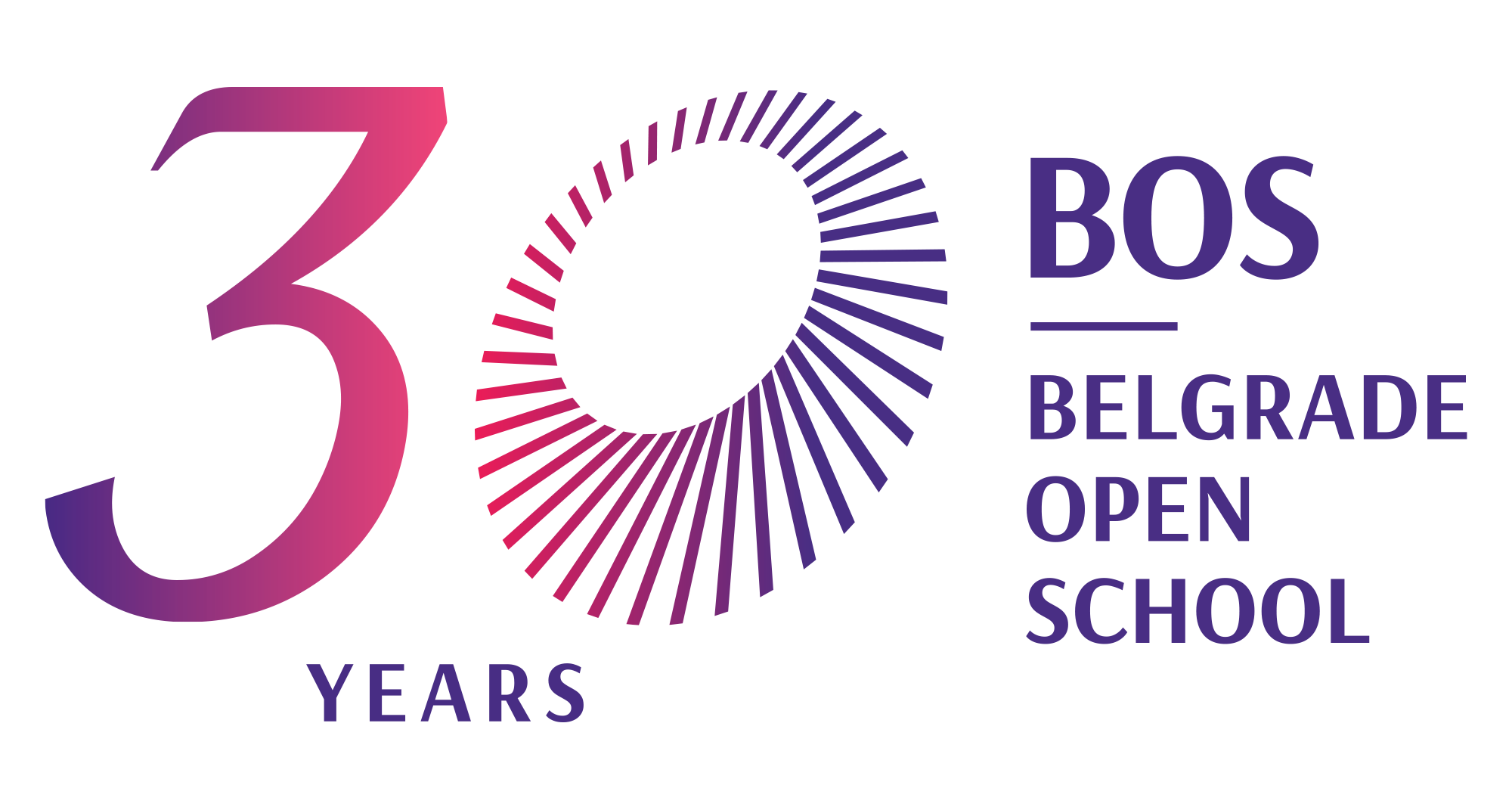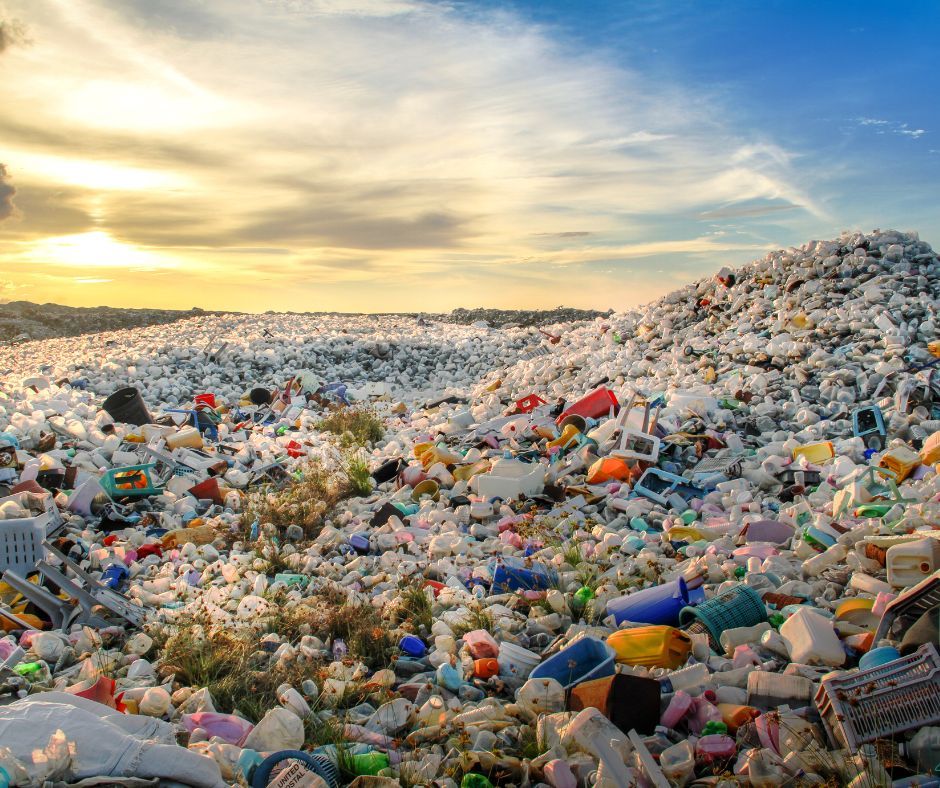What does the hierarchy of waste management include? Why burning waste is not the preferred option? What is the problem related to the Vinča landfill and the contract that the City of Belgrade made to solve this problem? What are the recommendations for the future?
At the level of the European Union (EU) waste has been recognized as a renewable energy source, opening the possibility for greater use of waste in incinerators. In order to meet the 20-20-20 quotas by 2020 at EU level and achieve anticipated climate and energy targets, in recent years there has been an increase in the quantity of incinerated waste.
But to better understand the story of waste as a fuel, we need to go back to the beginning of the life cycle of a product. In order to make the product, it is necessary for it to incorporate certain resources, energy and labor. Originally built energy remains bound in the product at all times during its use. Shortly before expiring, when a product loses its value for the initial user, a variety of options opens up of how it could continue to be used. One potential option is burning it for the sake of obtaining energy (Waste to energy - WTE).
There are several types of waste and by origin waste can be classified as municipal, commercial and industrial. Also, depending on its characteristics, it can be classified as hazardous, inert and non-hazardous waste. Additional classification exist, but due to the volume of this issues and limited space, the focus of this text is non-hazardous municipal waste and its use in energy systems.
Non-hazardous municipal waste in Serbia
After being rejected by their original users, the product continues its second life in the form of waste. Waste management in Serbia is governed by the revised National Waste Management Strategy ("Off. Gazette of RS" no. 29/10), Law on Waste Management ("Off. Gazette of RS", no. 36/2009, 88/2010 and 14/2016) and by-laws. Waste Management Law in Article 6 recognizes the principle of waste management hierarchy stating the order of priority in its prevention and management, as well as in defining regulations and policies.
According to statutory hierarchy mentioned above, priority is given to prevention of waste generation, the next step is preparation of waste for reuse and recycling and only after these steps comes the reuse of waste in order to obtain energy. Last option is provided for disposal of waste.
Most of the waste produced on the territory of Serbia ends up in landfills. Many landfills are not communal and sanitary arranged so a large part of the waste ends up on unregulated landfills, which directly threatens the environment and human health, while valuable resources remain trapped. Waste incineration is increasingly presented as an alternative, in order to utilize its energy and reduce the amount that goes to landfill.
After decades of systemic neglect landfill Vinča, also known as the black spot of Belgrade, became flammable last year. As a solution, the City of Belgrade has decided to waste incineration. Recently, representatives of the City of Belgrade and the Japanese-French consortium "SUEZ Group - I-Environment Investments Limited" signed a contract on public-private partnership worth 300 million euros for the rehabilitation of the landfill in Vinča and construction of waste incinerator.
Caring for the quality of air which incinerator may further undermine is justified, especially when we know that in Serbia there is no reliable, continuous air quality measurements, and for some pollutants there are no measuring instruments.
Qualified and interested public criticized different aspects of this agreement. The hierarchy of waste management has not been respected in the planning process of waste incinerator, so the questions of recycling and composting waste were left unresolved, since they immediately switched to burning. By processing waste biogas can be obtained, which has a higher energy efficiency and power, than waste incineration does.
Second criticism relates to the preservation of the public interest in this public-private partnership, as the City of Belgrade pledged that in the next 30 years the private partner will be paid 38 million euros per year, which will increase the deficit in the city budget. Incineration of waste into the atmosphere, with the best available technology, emit pollutants.
How does it work in the EU?
Directive 31/1999 / EC, which regulates the amount of biodegradable waste which may be deposited, and Directive 62/1994 / EC on Packaging and Packaging Waste at the level of EU the amount of waste been disposed has been reduced. Between 1995 and 2016, according to the statistics of Eurostat, the amount of disposed waste was reduced from 302 pounds to 116 pounds of waste per capita, which is a reduction by 60%. For this to happen, it was necessary to increase the amount of recycled, composted and incinerated waste.
Thus, the amount of recycled waste has increased by 168%, while the quantity of composted increased by 166%. Incinerated waste was increased from 32 to 66 kilograms per capita per annum, which is an increase for 105%. These data indicate that the primary aim was to encourage recycling and composting waste, but that the waste incineration significantly increased as well. The European Union is still struggling how to reduce the amount of waste being produced because it has only slightly decreased, while in many Member States there was an increase.
Incineration of waste at EU level is becoming increasingly common, and if this trend continues there is a possibility to undermine the hierarchy of waste treatment and recycling. The EU has identified waste as a renewable energy source, which has since 2009 enabled subsidizing waste incineration to obtain energy (WTE). Significant capacity of already built incinerators, along subsidies, have turned waste into valuable and required goods, while trade waste fivefold since the introduction of subsidies for WTE. This development leads to a compromise between recycling and incineration. The European Commission has called upon Member States to gradually expel subsidies for WTE, to ensure that objectives related to the amount of recycled waste are met.
Recommendations for the future
As previously stated, waste represents a huge potential and is a possible useful energy source. Before moving to the widespread use of waste as a fuel, it is necessary to meet certain preconditions. Thus, before burning it is important to provide preconditions for the application of the principle of hierarchy, with emphasis on the prevention of waste, its reuse and recycling. Incineration of waste should be approached as a final solution, just prior to depositing. Also, it is necessary to develop the capacity of institutions at all levels to monitor and control the implementation of regulations, particularly in the incineration of waste, while providing continuous, reliable monitoring of air quality.
Written by:
Predrag Momčilović, Belgrade Open School
This text was published in the XXXVI issue of the Bulletin "Lets Talk about Negotiations", which you can access here.
Photo credist: Canva

